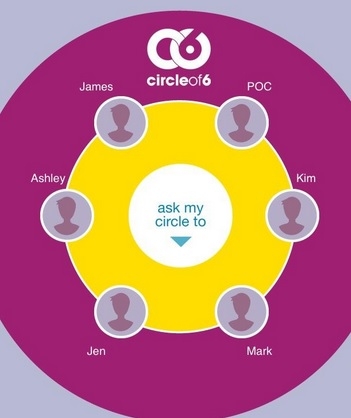Among other historical and philanthropic designations, February has been deemed Go Red for Women month by the American Heart Association. While their motives are good and pure—raising awareness of heart disease in women—encouraging fashionistas to incorporate shades of garnet, ruby, and crimson into their outfits is simply not effective enough. Women need to be our own advocates, educators, and hell-raisers for symptom and risk-factor awareness, and we need to do it all year long.
Heart disease kills more women (and men) in the US today than any other cause. More than breast cancer. More than domestic abuse. More than Alzheimer’s disease. Nearly 44 million women today are living with some form of heart disease, yet less than one-third even know the symptoms of a heart attack. We’ve all seen the movies and TV shows where a character clutches his chest in shock, maybe cries out, and then collapses to the floor. While that is one way a heart attack can manifest itself, that series of events rarely happens in women.
Rather, the symptoms women experience are typically vaguer and can include a combination of the following: pain or discomfort in one or both arms, chest pressure, shortness of breath, nausea, and back or jaw pain. And because women are, for better or worse, brought up to care less about themselves than others, they often ignore warning signs, brushing them off as “nothing” and not wanting others to fuss.
As you can imagine, this kind of behavior does not improve outcomes and many deaths are ultimately preventable.
Physicians have also been shown to treat men differently than women, often offering more aggressive screening and prescribing more medications to the former. For many women who do not know any better, their doctor is trustworthy and doing a good job, but the reality is that they are being cheated. Good caretakers take thorough family histories, evaluate risk factors and prescribe accordingly, and follow-up to make sure their patients are living heart-healthy lives. Good patients hold their clinicians accountable, take care of themselves, and seek second opinions when necessary.
What also doesn’t help is the fact that heart disease in women remains “understudied, underdiagnosed, and undertreated.” Women make up the minority of patients in randomized clinical trials—the ones that count the most for when organizations like the FDA are evaluating new drugs and devices—and very few studies have been conducted on 100% female populations.
So you can wear your red dress, in support of women’s heart health or simply because you like the way it looks on you, but the only way we can invoke change is to take real action. Make the time to talk with your friends, sisters, daughters, mothers, and coworkers to ensure they know the symptoms of a heart attack and that they go for regular check-ups. Normalize the conversation. Learn your family history and know your risk. Write your congressional leaders to allocate more money to research. Exercise, eat right, and for goodness sake, stop smoking.
Welcome March and say goodbye to February as you would any other month, but keep the movement growing.
[caption id="attachment_11171" align="alignright" width="237"] credit: Texas Heart
 Sexual assault of women is a persistent national problem on college campuses and local communities. A smartphone app called Circle of 6 was developed to enable young women to get help if they feel they are in an unsafe situation. But is it effective in reducing sexual assaults among young women–in fact, will women even use it?
Sexual assault of women is a persistent national problem on college campuses and local communities. A smartphone app called Circle of 6 was developed to enable young women to get help if they feel they are in an unsafe situation. But is it effective in reducing sexual assaults among young women–in fact, will women even use it?



